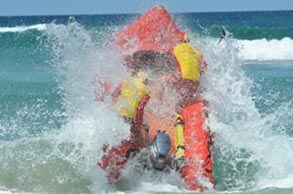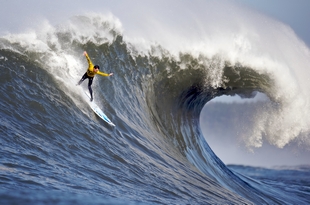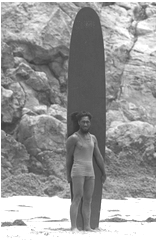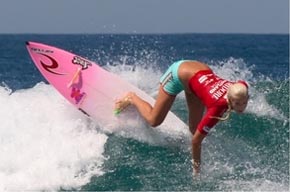Surf Safety
Understanding rips and wavesEveryone who enjoys surfing and swimming at the surf should learn about rips and waves to avoid dangers. Ripcurrent.com.au and Surf Life Saving Australia give a summary of rip current safety tips and includes video from Dr Rob Brander from UNSW. In ABC Science, Rip-roaring Time Part 1 and Part 2, Dr Karl talks about rips (text and audio). Use this animated graphic to help understand how the three main components of a rip current interact. In Science Wire, Robin Marks explains waves. Find surfcams for Australian beaches on Coastal watch. Watch Youtube videos; Episode 1 of Dr Rob Brander’s series, Don’t get sucked into a rip and Dangerous waves. Use Laptop wraps for Stages 4 and 5 on Wave energy, Wave dimensions and Wave power. (Materials within require DET logon.) Surf Life Saving Squad teaches children the general knowledge of beach safety with interactive games (roll your cursor over the bottom of the page to see options.) Kids’ corner helps children to understand rips with a video and quizzes. Royal Life Saving offers a Water Safety Online Quiz. Photo by Harvie Allison ©Surf Life Saving Australia |
Photo by Shalom Jacobovitz CC BY-SA-3.0 The history of surfingSurfer Duke Kahanamoku Los Angelos 1920 The site Surfing for life explains the history of surfing from Captain Cook to the present. In Australia, Surf Life Saving Australia was first established in NSW in 1907 as the Surf Bathing Association of New South Wales. |
The science of surfingDr Rob Brander’s Science of the surf (SoS) is an educational project designed to reduce accidents on the beach, with a survey, beach survival guide and multimedia materials. Paul Doherty explains the physics of surfing. Find general information about surfing or discover the health benefits. Photo by Noah Hamilton Surf culture bonds people beyond borders all over the world. Find surf safety syllabus links for Science and Personal Development, Health and Physical Education (PDHPE). |





